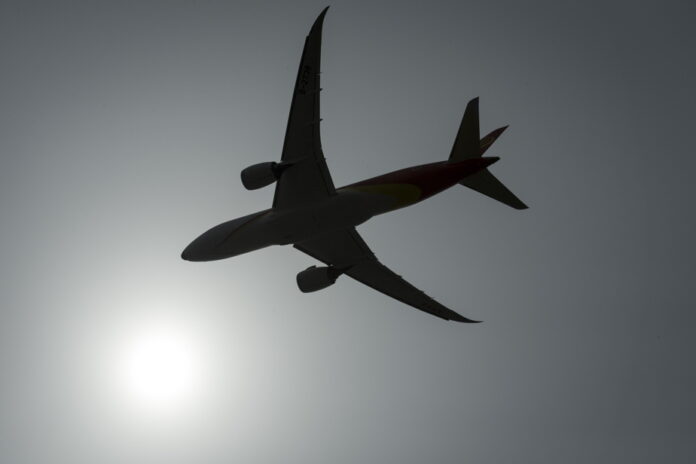(Montreal) Arajet, a low-cost airline based in the Dominican Republic, announced that it would launch flights between that country and Toronto and Montreal this fall.
The carrier, which was launched a year ago, becomes the latest addition to an already crowded group of low-cost airlines in Canada, and comes two weeks after American low-cost carrier Breeze Airways announced that he would offer his services to Quebecers who want to visit Florida.
Unlike many low-cost players, Arajet will bank on a model that connects passengers from distant airports via the airline’s hub in Santo Domingo, the capital of its home country, the head of the management of Arajet, Victor Pacheco.
He said more than half of the more than 10,000 Arajet tickets sold so far to Canadians are to other destinations in the Caribbean, Central and South America, accessible via connecting flights from the Dominican Republic.
“TTBPs [ultra-low-cost carriers] are primarily point-to-point airlines,” Pacheco said in an interview. We bid on connections. And if we didn’t have that, then it would be very difficult to compete with Canadian carriers. »
Although no other airline flies directly between this country and Canada, Air Canada, United Airlines and American Airlines all land there regularly, while growing low-cost carriers such as Flair Airlines and Lynx Air attempt to woo Canadians with cheap flights to a range of sunny destinations.
By the end of next year, Flair Airlines would like to increase its fleet to 26 planes, up from 21 currently, and Lynx Air’s fleet is expected to increase to 17 planes, up from 9 currently. The latter’s maiden flight didn’t take off until April 2022, while Flair’s launched in late 2017, giving an idea of just how crowded Canada’s skies are becoming of late.
Canada Jetlines also flies to a handful of sun destinations, while Porter Airlines – while not a low-cost carrier – plans to grow its fleet to 79 planes by 2025, up from 46 currently.
“I think the pie is getting bigger,” said Mr. Pacheco. Competitors react to us, they also lower their prices. And that means that now more people have the opportunity to travel, even with them. »
Ironically, the door to the travel market opened when international travel was disrupted during the COVID-19 pandemic, Pacheco noted.
“With the grounding of the Max planes, combined with the pandemic, I think there was a moment or a small window of time where there was an opportunity [for low-cost airlines] to be able to access to market and get deals,” he added, noting how carriers began to grow after airlines, leasing companies and manufacturers sought to shed planes in 2020.
He said the wider availability of the Boeing 737 Max 8 was a key selling point – for Arajet as well as other smaller airlines such as Flair and Lynx, which rely heavily on the 189-seat narrow body.
The Max 8 was grounded for 20 months after two crashes in 2018 and 2019 that killed a total of 346 people, including 18 Canadians.
Backed by majority investor Bain Capital, Arajet, which has a fleet of 10 aircraft, will launch direct routes to Santo Domingo from Toronto and Montreal on October 24 and November 7 respectively, with one-way tickets starting from $98.
Bain’s deep pockets along with its majority stake in Virgin Australia and minority stake in Icelandair ensure that Arajet has “the backing to buy planes directly from Boeing” – rather than relying solely on leases, as the are many start-up TTBPs – said Mr. Pacheco.
The company, which ordered 20 planes from Boeing with an option for 15 more – in addition to the 10 currently in its fleet – now serves 22 destinations in 15 countries.
“We place Latin America at the feet of Canada,” illustrated Mr. Pacheco.















